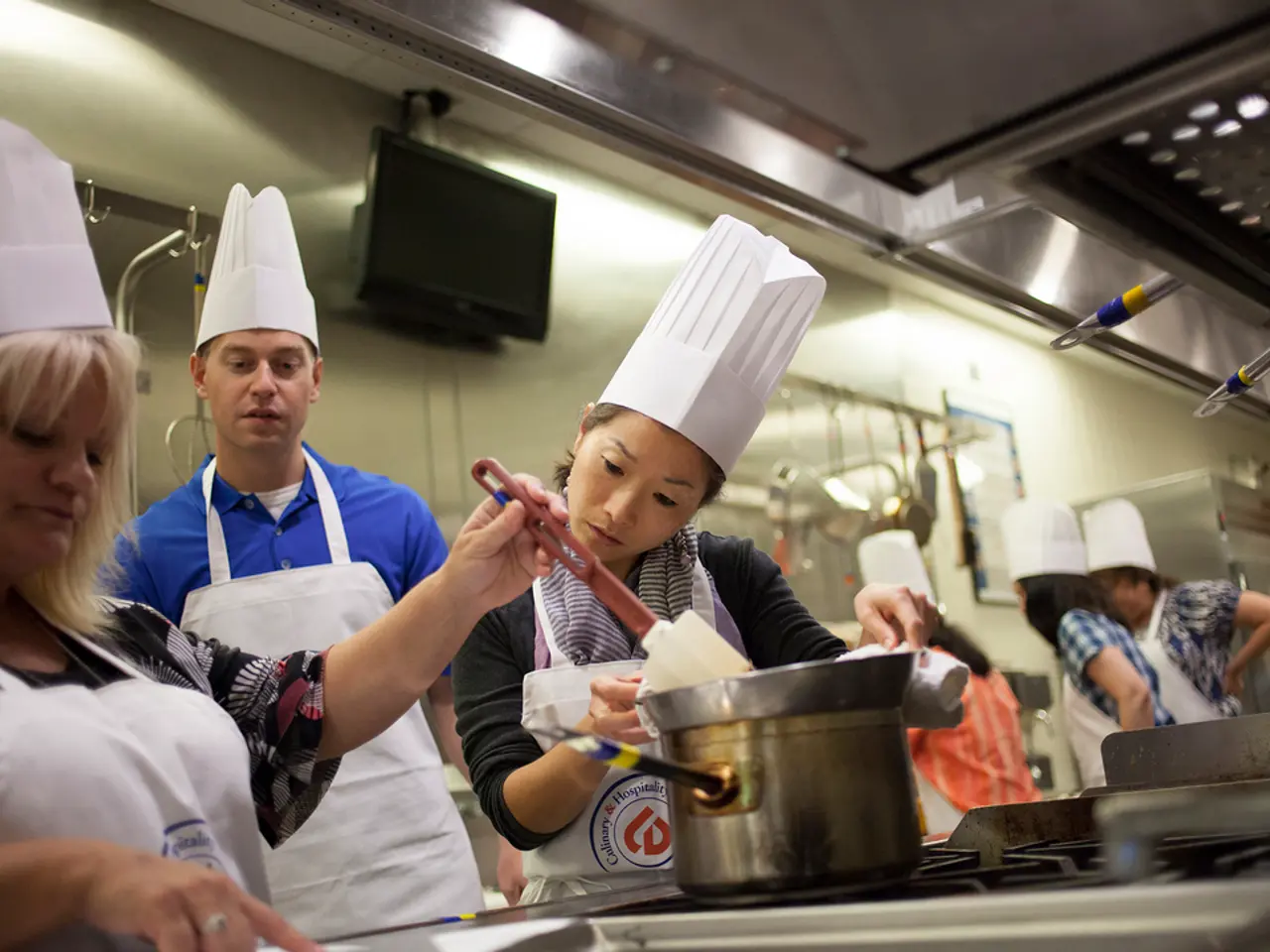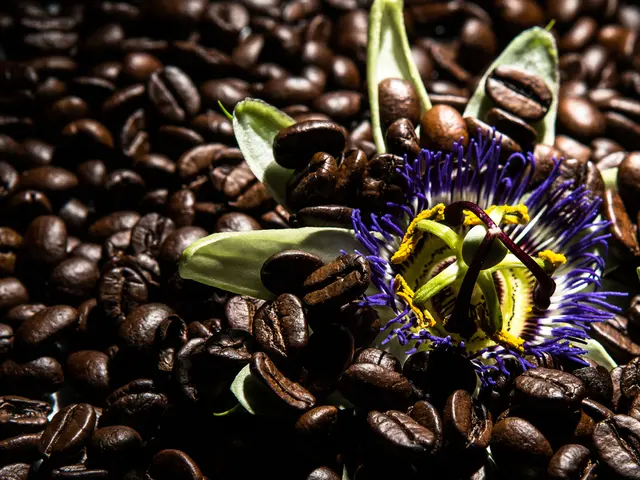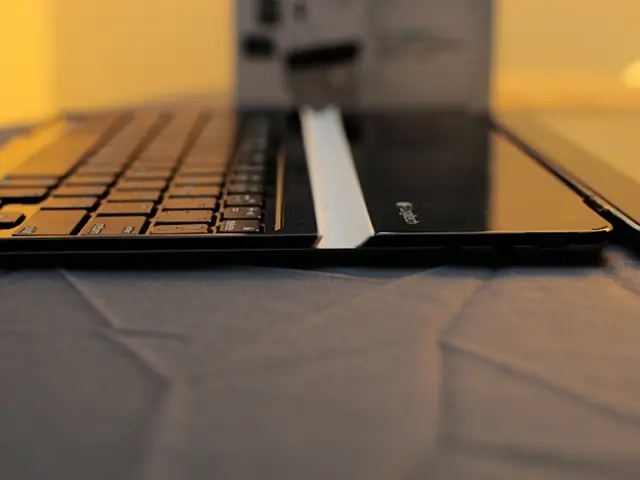Cooking Appliance Comparison: Gas, Ceramic, and Induction Cooktops
In the kitchen appliance landscape of 2025, the debate over the best cooktop choice for home cooking rages on. This article delves into the advantages and disadvantages of gas, ceramic, and induction cooktops, based on a survey of 1200 CHOICE members.
Gas cooktops offer instant, precise heat control, allowing quick temperature changes and working with all types of cookware. However, they can be harder to clean due to grates and open burners, and the open flame poses a fire risk and produces combustion emissions inside the kitchen.
Ceramic cooktops boast a sleek, stylish design with a smooth glass surface, making them a perfect fit for modern kitchens. They are easy to clean due to their flat surface and few dirt traps. However, they respond slower to temperature changes compared to gas and induction, and the surface holds and radiates heat after turning off, requiring caution.
Induction cooktops are the most energy-efficient and safest option, heating cookware directly via magnetic induction. They offer quick heat-up and precise temperature control, and are safer with no open flame, cool-to-touch surface, and automatic shutoffs. However, they typically have a higher upfront cost, require compatible ferrous cookware, and may produce a humming or buzzing noise during operation.
In the realm of reliability and customer satisfaction, Miele and Smeg received some of the highest scores in 2025. Other reliable cooktop brands include Fisher & Paykel, Westinghouse, and Electrolux, while Haier, AEG, and Omega found themselves on the lower end of reliability.
To determine customer satisfaction, a survey was conducted asking members how satisfied they are with their cooktop, even if it has a fault after six months. The recommended ratio for a cooktop to be recommended is based on an overall test score: 80% for gas cooktops, 85% for ceramic cooktops or portable induction cooktops, and 90% for induction cooktops.
When it comes to common problems, Haier cooktops often face issues with cleaning, frequent ignition problems, labels rubbing off/fading, uneven cooking, and slow heat-up time. AEG cooktop owners often encounter issues related to burners/coils/plates/zones, slow heat-up times for induction and gas models, and issues with cracked or broken glass. Omega cooktop owners have commented on problems with heating/temperature and knobs on ceramic cooktops heating up.
For those seeking specific recommended cooktop models, look for products with the blue 'Recommended' label in gas, induction, ceramic, and portable induction cooktop reviews. To make the switch from gas to induction, consider the potential benefits of reduced indoor air pollutants.
In conclusion, each cooktop type presents unique advantages and disadvantages. Gas cooktops excel in heat control and universal cookware compatibility but have safety and cleaning drawbacks. Ceramic cooktops offer stylish design and ease of cleaning but slower heating and residual heat issues. Induction cooktops are the most energy-efficient and safest option with fast, precise heating but come with higher cost, specific cookware requirements, and some operational quirks.
The title of Best Brand cooktop for 2025 goes to Miele, with strong scores in testing, reliability, and customer satisfaction. Brands considered for this title include Bosch, Electrolux, Haier, Fisher & Paykel, Miele, Omega, Smeg, and Westinghouse.
- When selecting a cooktop for a modern lifestyle, consider brands like Miele and Smeg, who received top scores for reliability and customer satisfaction in 2025.
- For fashion-conscious individuals, ceramic cooktops with a sleek, stylish design might be a suitable choice, as they blend well with contemporary kitchens.
- For environmentally-conscious individuals, a switch to induction cooktops, which are the most energy-efficient and safest option, can potentially reduce indoor air pollutants, thereby improving the food-and-drink and home-and-garden experience.








